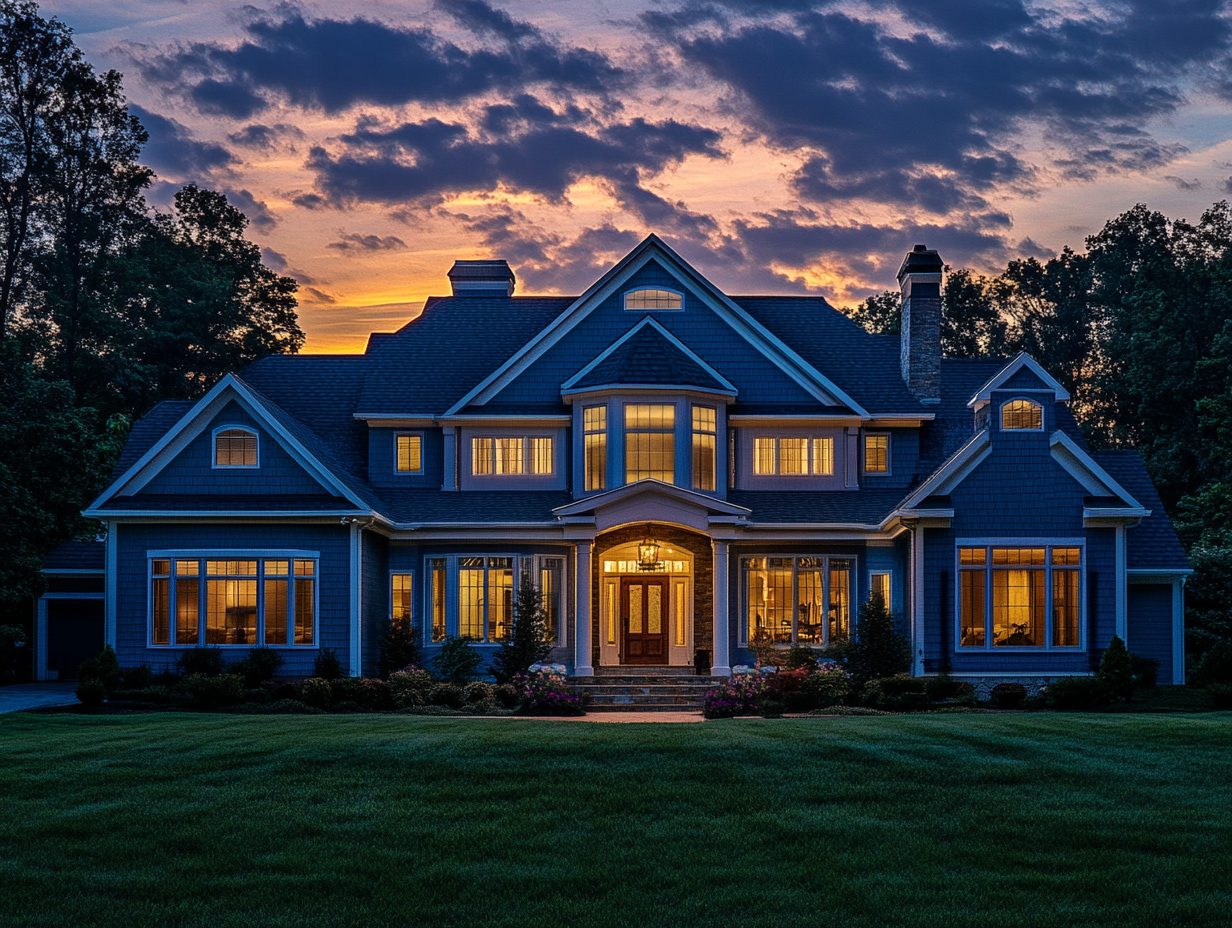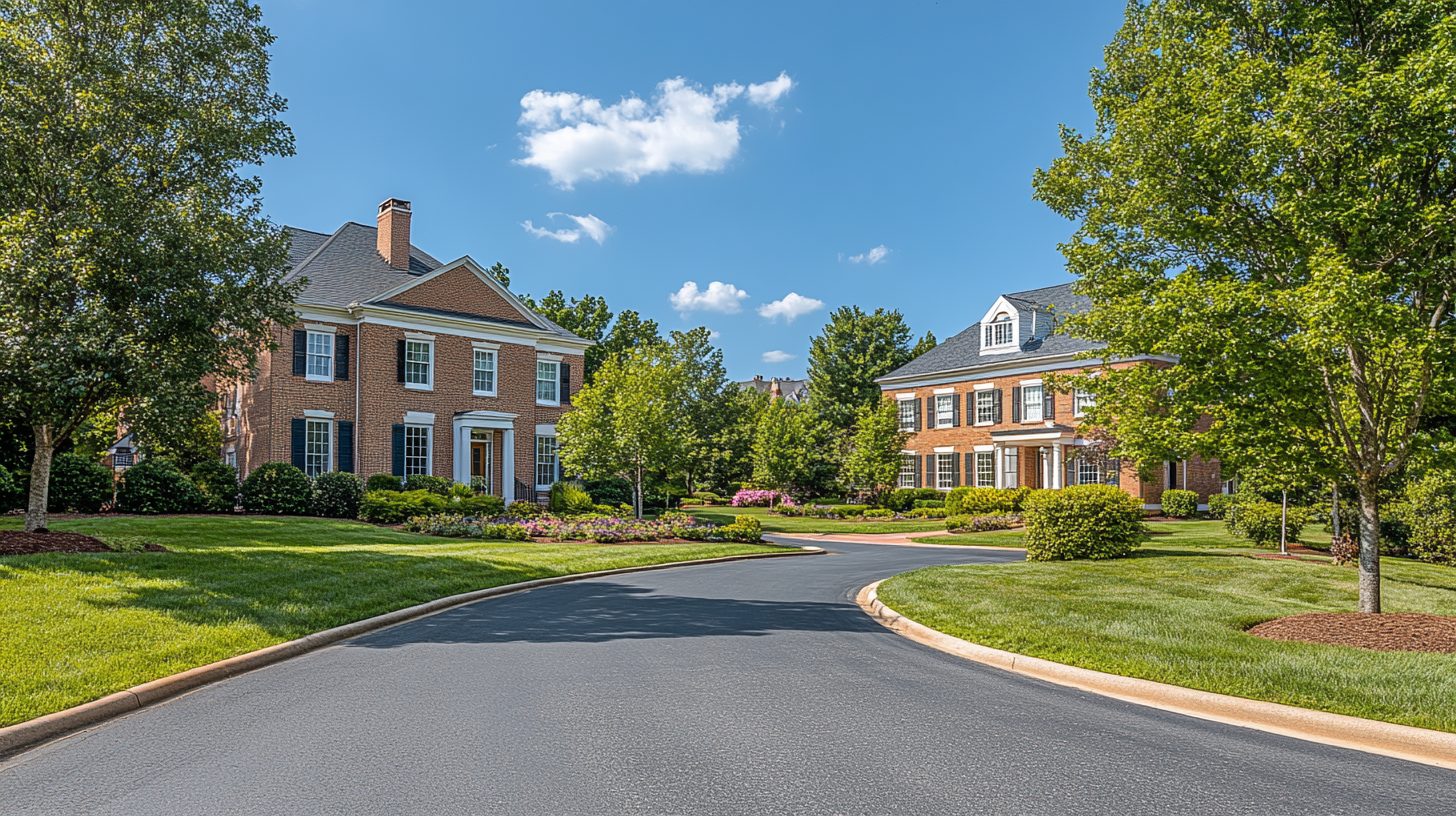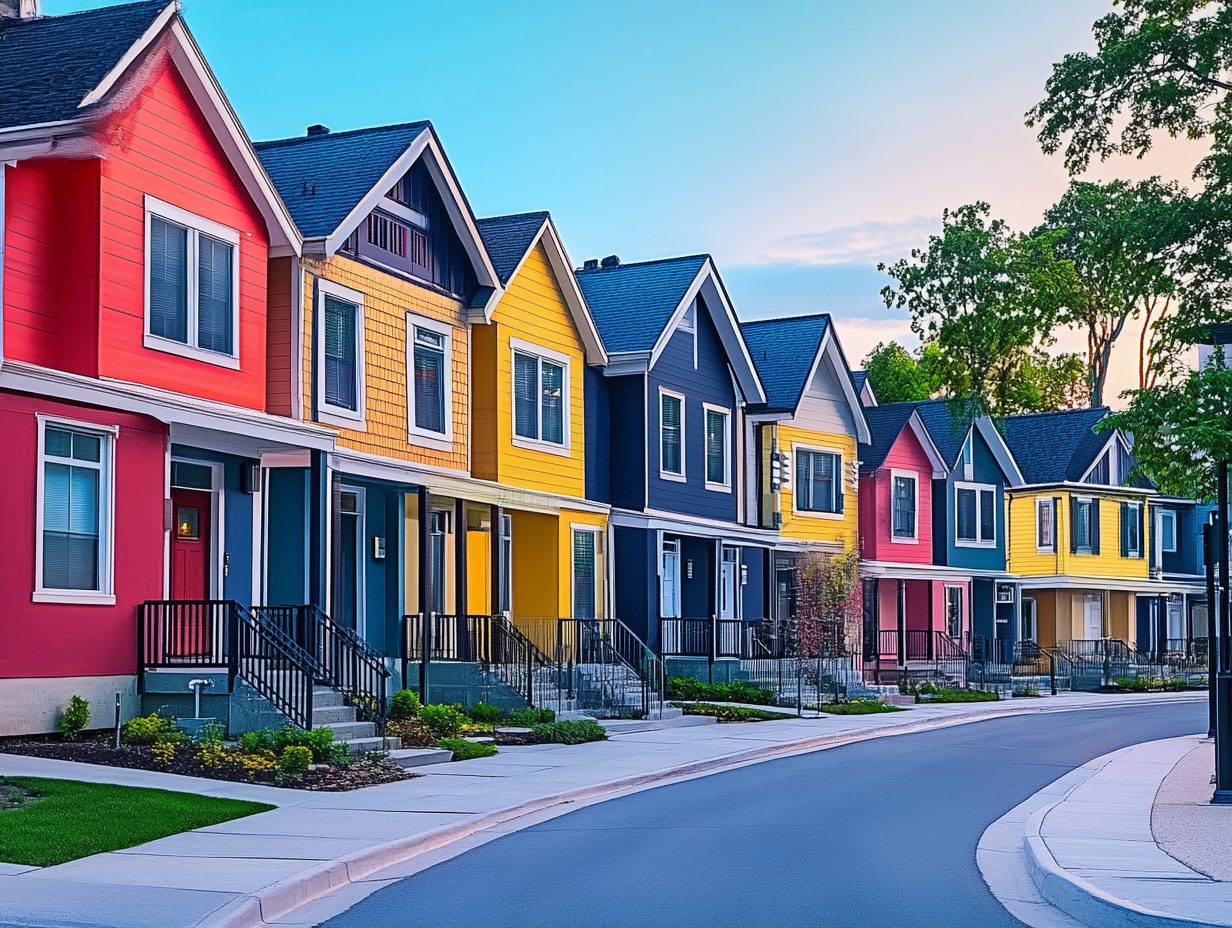Overview
Potomac, MD sits just northwest of Washington, D.C., about a 30-minute drive in good traffic—if you’re lucky. It’s famed for its rolling green landscapes, mansion-dotted neighborhoods, and that sweet smell of old money blended with new ambitions. By 2025, the local population hovers around 48,000, with a noticeable uptick in folks fleeing cramped city life (and looking for top-tier schools). The real estate market? Let’s just say the median home price has been flirting with the $1.3 million mark, and it’s only inching upward thanks to low inventory and consistent demand. Are people moving in or out? Mostly in, though a few longtime locals have decamped for cheaper states. If you’re eyeing Potomac as your suburban paradise, buckle up—this article dishes on both the glitz and the grit.
Pros of Moving to Potomac
Let’s talk about what makes Potomac sparkle. First off, this place practically oozes prestige—big lawns, even bigger houses, and a hush that’s strangely comforting if you’ve been stuck in the city. It’s the kind of community where neighbors actually wave at each other, and the local hardware store might still know you by name. Strolling through the tree-lined streets, you can almost feel your stress levels drop.
A+ Schools
We can’t talk Potomac without gushing over the schools. You’ve got Winston Churchill High School as a local powerhouse, consistently ranking among Maryland’s best. Then there’s Thomas W. Pyle Middle School and Potomac Elementary, both feeding into a high-achieving academic pipeline. Parents here take education seriously—like, “hire a private tutor for summer math packets” kind of serious. If you’ve got kids, the promise of top-notch public schools is a massive draw.
Small-Town Feel (With a Dash of Glam)
Even though you’re close to D.C., Potomac feels worlds away. The vibe is small-town, complete with local festivals and community gatherings at places like the Potomac Community Center. Sure, you might spot the occasional celebrity or politician (it’s the D.C. area, after all), but overall, life here is decidedly low-key. It’s the kind of place where neighbors might host a block party, but they’ll also expect you to keep your lawn manicured—appearances do matter a bit in this neck of the woods.
Green Spaces & Outdoor Magic
For nature lovers, Potomac is a dream. The C&O Canal National Historical Park is right there for those early-morning jogs or weekend bike rides. You can watch the Potomac River cascade over Great Falls or kayak through calmer waters if you’re feeling adventurous. These scenic spots give you a welcome reprieve from Beltway politics and the daily grind.
Culture & The Arts
Don’t let the suburban facade fool you—Potomac has its artsy side. Venues like the Music Center at Strathmore (a few towns over) host concerts, orchestras, and performances that feel downright big-city. The local arts scene also bubbles up through community theater groups, galleries, and occasional pop-up events. Bonus points if you venture into nearby Rockville or Bethesda for more eclectic cultural experiences.
Career Opportunities Nearby
D.C. is close enough to open up a world of opportunities—government jobs, think tanks, lobbying firms, you name it. Techies and biomedical professionals might gravitate toward Rockville or Gaithersburg, home to major research centers and startups. The robust economy means you’re never too far from your next career pivot or big break, which is especially appealing for ambitious types.
A Tight-Knit Community
Potomac is known for its philanthropic spirit. Charity fundraisers, black-tie galas, and local volunteer efforts are part of the social fabric here. If you’re new in town, volunteering or attending local events can fast-track you into the community’s good graces. It’s not all about wealth flaunting—there’s a very real sense of wanting to give back.
Bottom Line: If you’re chasing a suburban oasis that’s dripping in affluence, blessed with top-tier schools, and kissed by Mother Nature’s best side, Potomac is hard to beat. The question is whether you’re ready for the flip side—because, oh yes, there’s a flip side.
Cons of Moving to Potomac
Before you start packing your bags, let’s get real about the potential downsides.
Eye-Watering Home Prices
We’re talking potentially serious sticker shock. Potomac’s real estate market is notoriously steep, with median prices cresting a cool $1.3 million in 2025. Even if you’ve got a hefty budget, you might find yourself in bidding wars—yes, that still happens here, especially for those perfectly renovated colonials in prime neighborhoods. And don’t forget the property taxes; they can feel like a second mortgage payment on their own.
Cost of Living & Lifestyle Expectations
Everything costs more in Potomac—groceries, gas, yard maintenance, private tutors, you name it. And while nobody’s forcing you to take up golf at the country club, it can sometimes feel like you’re missing out if you’re not participating in the local “lifestyle.” This area can be status-conscious; folks aren’t shy about comparing who’s got the better wine collection or which European vacation they’re planning next. If keeping up with the Joneses sets your teeth on edge, be warned.
Limited Public Transit
For a place so close to D.C., you’d think Metro stations would be a quick hop away. Not exactly. Potomac isn’t served directly by the Metro rail system, which means you’re likely looking at a drive to either Rockville or Bethesda to catch a train. Commuting can get messy—especially at rush hour when the Beltway transforms into a bumper-to-bumper nightmare. If you’re used to big-city public transportation, brace yourself. Potomac is very much a car-centric suburb.
Traffic & Congestion
Speaking of driving, traffic in the D.C. metro area is famously brutal, and Potomac is no exception. The major arteries—River Road, Falls Road, I-270, and the Beltway—can bottleneck faster than you can say “Waze.” Weekend getaways to the countryside might involve slugging it out in jammed roads for half the trip. For some, the trade-off of living in a peaceful suburb is worth it; for others, it’s a daily headache that’s impossible to ignore.
Limited Dining & Nightlife
Compared to D.C. or even Bethesda, Potomac’s dining scene is pretty tame. Sure, you’ve got some upscale spots in Potomac Village, and a few decent restaurants scattered around, but you won’t find the vibrant nightlife or hipster food trucks you might get in more urban areas. If you’re craving a broad range of ethnic cuisines or want to keep partying past midnight, you’ll likely be heading into the city or further down into Montgomery County.
Sense of Isolation
Potomac’s allure lies partly in its tranquility, but that can double as isolation. If you’re looking for a buzzing social life with spontaneous meetups at quirky coffee shops, you might find Potomac’s quiet nights a bit jarring. Streets can feel deserted after 9 p.m., and many folks here retreat into their spacious homes and private backyards. If you thrive on hustle and bustle, you could end up feeling like a fish out of water.
Bottom Line: Potomac isn’t a one-size-fits-all paradise. Its upscale charm and natural beauty come at a premium, both financially and culturally. If you’re prepared for the price tag, the traffic, and the quieter vibe, you’ll probably thrive. Otherwise, consider whether you’ll be itching for city life in a year’s time.
Wrapping Up
Potomac, MD is a world of manicured lawns, sprawling estates, and a suburban peace that’s just an arm’s length from the political pulse of Washington, D.C. It’s a place for top-tier schools, scenic parks, and a tight-knit community spirit. But before you jump in, realize it’s not a budget-friendly locale, and you’ll likely be car-bound for most outings. Traffic is real, home prices are high, and the nightlife scene is… well, limited. Ultimately, Potomac’s allure lies in its balance of tranquility and affluence—if you can handle the costs and occasional isolation. This corner of Maryland might just be your personal oasis—just keep both eyes open before making the move.
FAQs
- Is Potomac suitable for families with school-aged kids?
Absolutely. The public schools here are among the best in Maryland, but be prepared for competitive academics and high parental involvement. - How far is Potomac from DC?
Depending on traffic (and luck), it’s about a 30-minute drive to downtown Washington, D.C. During rush hour, that can double. - Are there any affordable neighborhoods in Potomac?
“Affordable” is relative. You might find slightly lower prices in older neighborhoods or near the outskirts, but Potomac is generally a high-priced market overall. - What’s the community vibe like?
Think upscale suburban with a friendly twist. People here value privacy, but neighborhood gatherings and community events still offer a sense of closeness. - Is public transportation a viable option?
Not really. Most residents rely on cars. The nearest Metro stations are in Bethesda or Rockville, so commuting by public transit can be inconvenient. - What about the restaurant scene?
Potomac Village has some upscale spots, but you’ll often need to venture into Bethesda or D.C. for a wider dining selection and nightlife. - Is it really that expensive to live in Potomac?
In short: yes. Between home prices, property taxes, and general cost of living, Potomac can be a serious hit to your wallet. Make sure your finances are ready before diving in.





